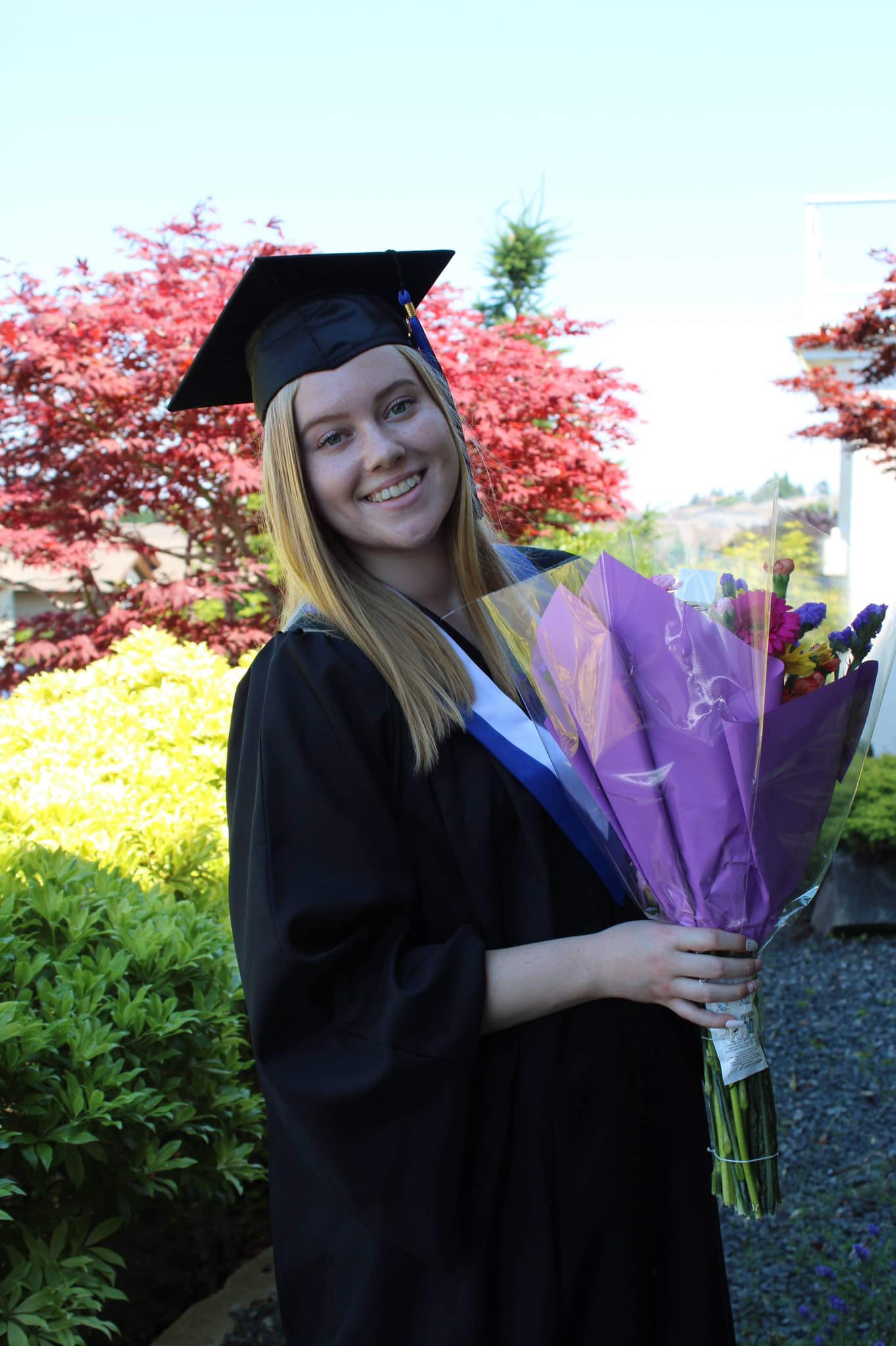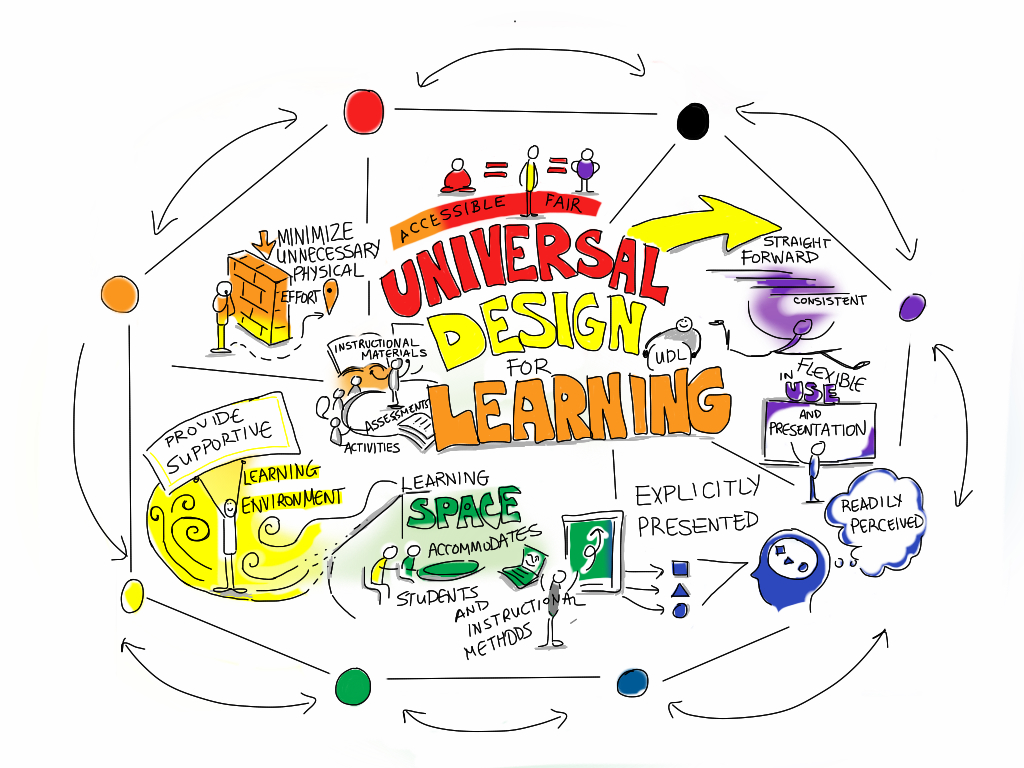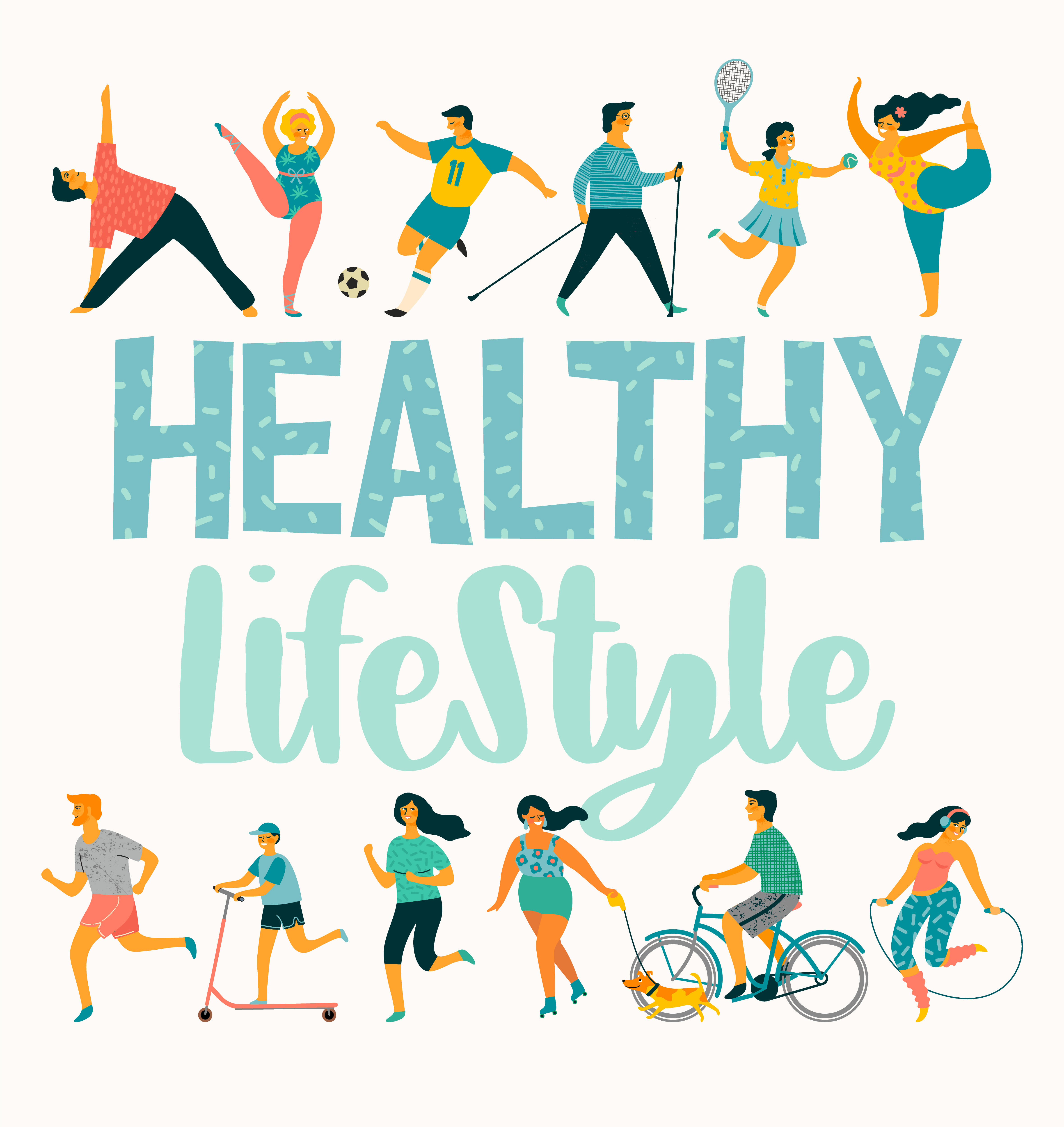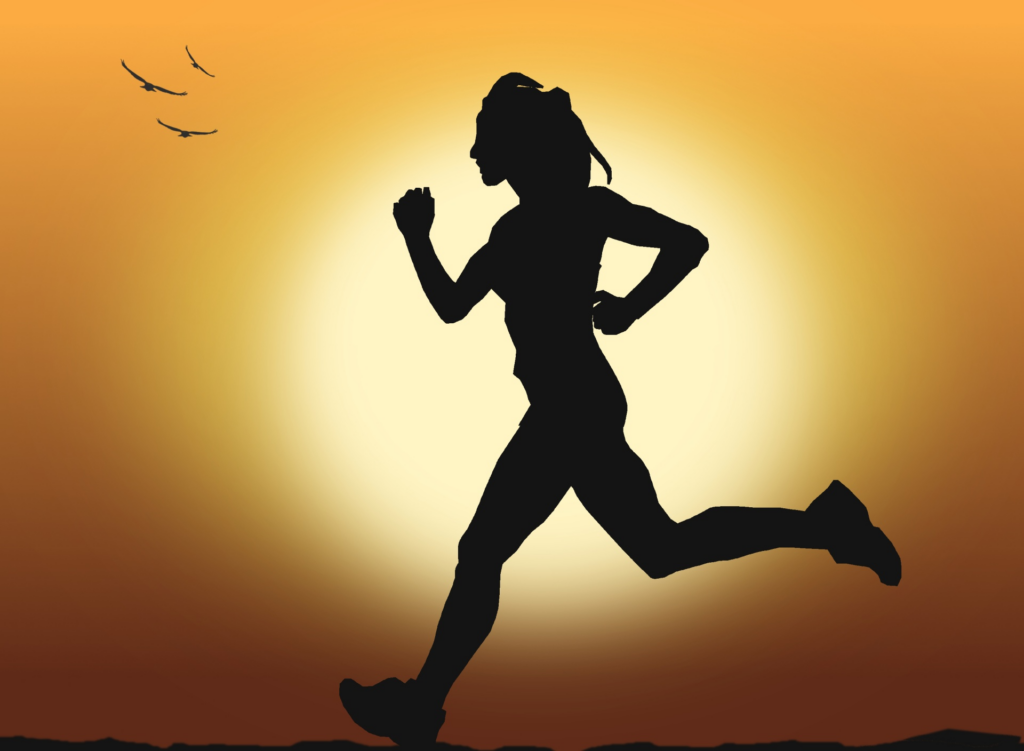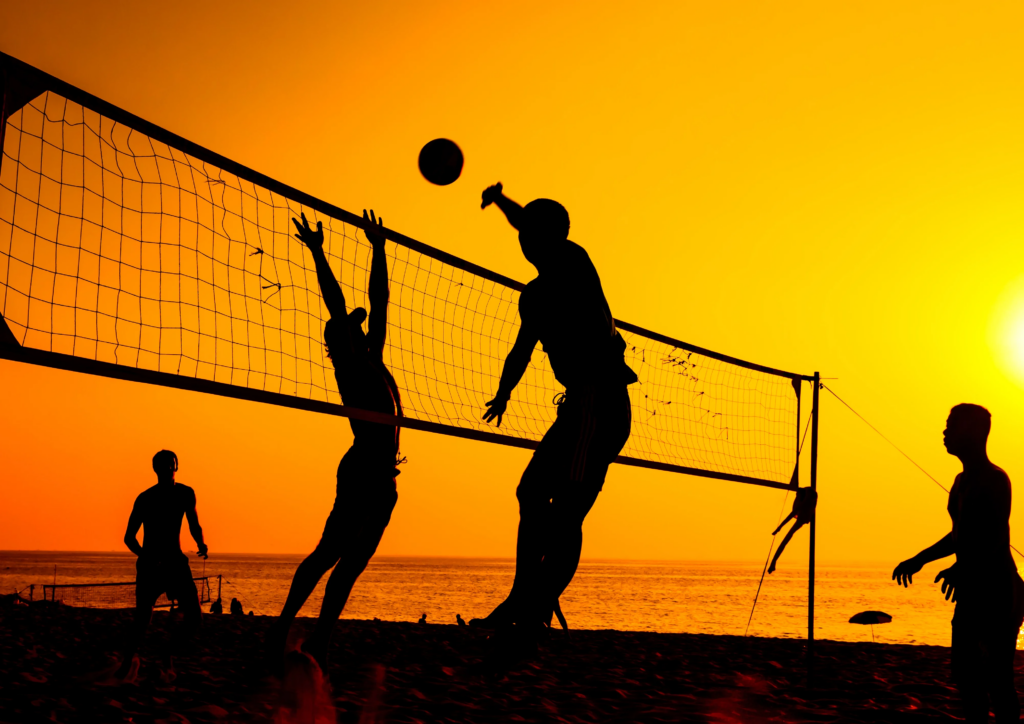About me:
My name is Sarah Norman and I am a fourth year student at UVic. I started my degree in New Brunswick, where I was in a concurrent BA/BEd program and playing varsity volleyball. I decided to transfer to UVic to come play volleyball for the Vikes and to be closer to home. I grew up in Nanaimo, BC but knew it was not my forever city. I’ve always been a very active person, and my love for physical health has grown tremendously over the years. I started playing volleyball in grade 6, joined mariners club volleyball for grades 8-12, and captained my high school teams at Dover Bay. My major at UVic is in English, with my minor being in EPHE. I’m planning to do the PDP at UVic after I complete my BA with my teachables being in English and Gym. I went into my degree thinking I’d like to teach kindergarten, however, after working from ages 15-21 with elementary aged children in recreation, I decided high school is more up my ally. I started working with youth at the City of Nanaimo, volunteering over 630 hours over two summers in summer camps, doing the LIT and Quest program. After that, I worked as a Rec 2 leader running Jr. LIT camp. I coached volleyball in New Brunswick for Wolfpack Club. Upon returning to Victoria, I joined South Island Volleyball club and have been playing in their grass doubles league, as well as captaining two intramural teams each semester (we won last year!). Additionally, I started working for Oak Bay Recreation two summers ago as a Team Leader, managing two summer camps and a staff team of 8-10 people. My end goal is to become a high school principal, however, I’m very excited to teach first. I have known since grade 7 that I wanted to be a teacher.
Over the past few years, I’ve dealt with severe health issues that greatly impacted my physical and mental well being. I started lifting towards the end of high school, and then fell in love with it while training during the varsity season. I hope to mentor young students, supporting them in loving themselves no matter how they look. I got bullied during high school by volleyball teammates who commented on my weight and took a photo of me sleeping in the hotel room one night at Nationals, sending it around with a caption about how heavy I was. Having been bullied in high school, mainly for how I look, I hope to use my past experiences to remind students they aren’t alone, and to help provide an outlet through physical activity for self growth. I believe physical activity improves how one feels about themselves, and I hope my love of sports can shine through for anyone I work with. Additionally, due to the mental health struggles I’ve faced on top of physical barriers, I hope to be a relatable teacher that can support students in all aspects of life, not just in the gym.
My favourite sports to play aside from volleyball are basketball, pickleball and badminton. I also have developed a love for hiking and the outdoors. I find nature connects me spiritually and that I can feel Gods word through it. The most recent hike I did was at Elk Island in Alberta! I want to complete the Grouse Grind in Vancouver next.
Strengths:
In my life, I’m a very outgoing person who likes things done a certain way and will certainly advocate for what I believe in or need. As a teacher, I believe my strengths are setting standards, using a range of teaching styles to connect with more students, and creating a safe space for students. I also bring a lot of passion to the job which is apparent within schools.
Areas of Growth: I’ve learned a lot of strategies through recreation, but want to know more about classroom management skills working with a range of abilities. I’d also love to continue learning about special needs children and how to adapt activities (especially for physical barriers).
Goals Related to Physical Health Education:
I’ve really enjoyed being challenged to make adaptations in other EPHE classes, and look forward to putting to use all I’ve learned over the last 4 years of university. My mom is a teacher so I’ve seen the dedication it takes and all the extra hours outside of contracted work it requires to do the job as best as possible. My goals will be to increase the amount of physical activity youth undergo. Additionally, for when I teach English, I’m interested in teaching outdoors rather than in the classroom all the time, modelling what Socrates taught us.
Thank you for reading all about me!


